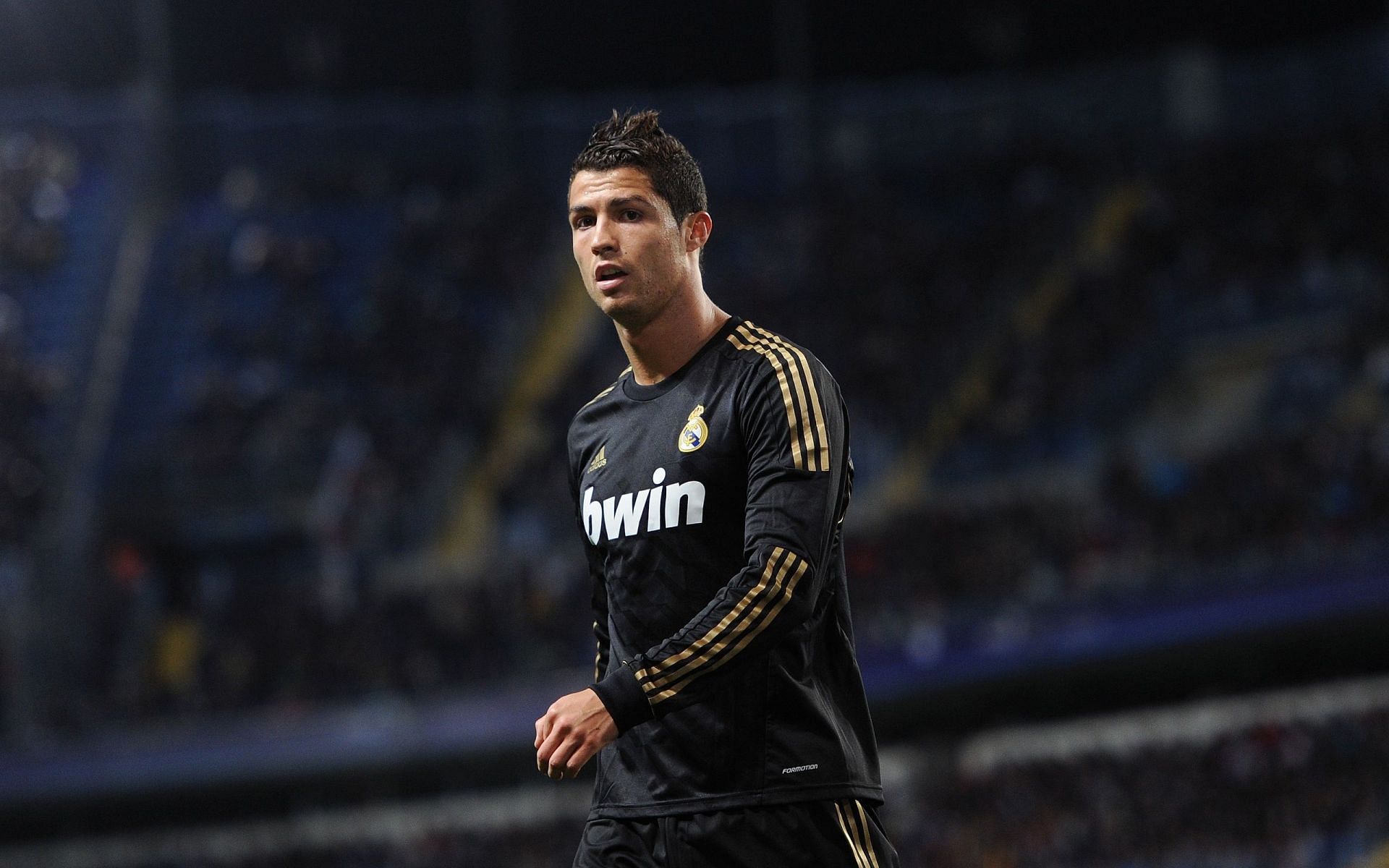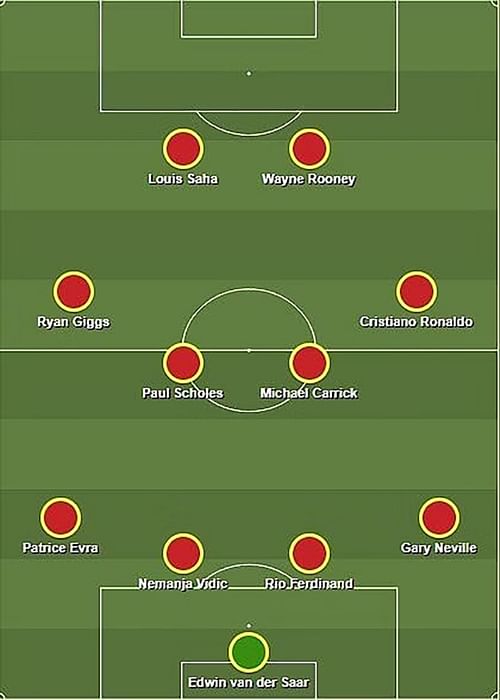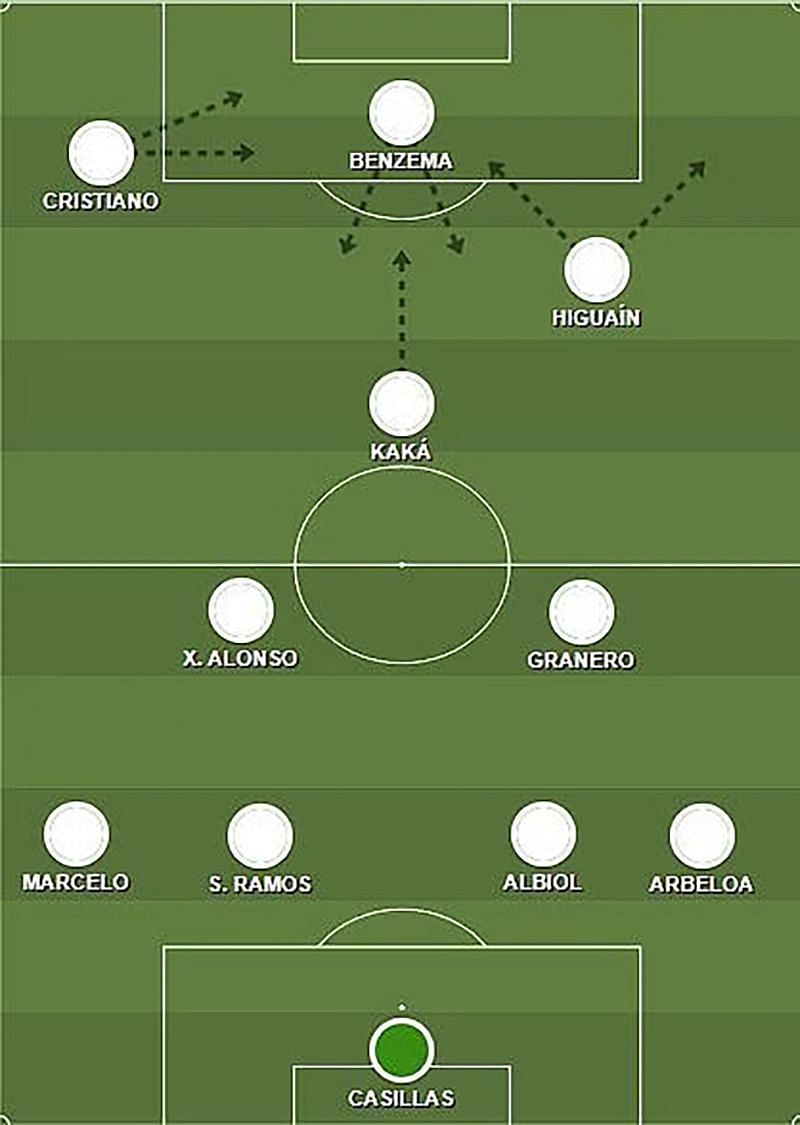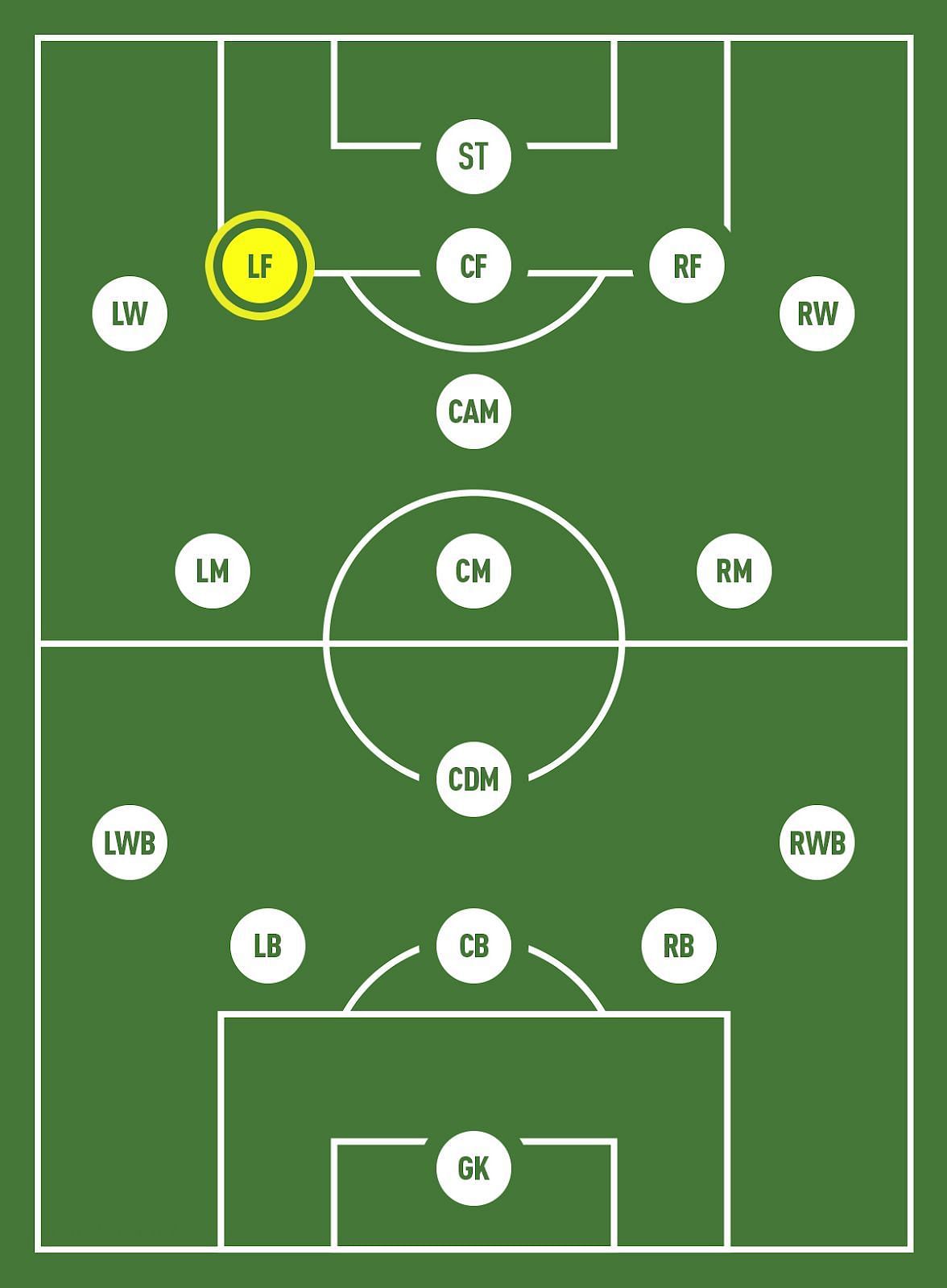
How Cristiano Ronaldo revolutionized the winger role
Ronaldo is synonymous with a plethora of records and achievements, but he has also had a significant impact on the beautiful game we all love. In modern football, wingers have a lot of attacking responsibility and are expected to be one of the primary goal scorers and creators for their teams. Over the years, many names like Mohamed Salah, Lionel Messi, Gareth Bale, Neymar, Sadio Mane, etc., have gone on to outscore their strikers, sometimes even by a considerable margin.
However, their defensive role has decreased, thanks to both optimization and tactical amelioration in offensive and defensive strategies. If someone told you in 2003 that wingers would acquire the role of primary goalscorer in many teams, you’d be shocked. But a skinny boy from Madeira came to Manchester and created history.
Time as a winger at Manchester United
Cristiano Ronaldo was 18 when he signed for Manchester United. The Red Devils had been scouting him for over a year, and Ronaldo proved himself in a friendly between Sporting and United. He started off as a wide midfielder/winger in a 4-4-2 formation, the most popular formation then. A very tricky winger, he was always eager to take on players and create things every time he had the ball.
Owing to his versatility, he could play on the left and right wings. Although his primary job was to help the main strikers score goals, he liked to drift inside, get the ball in dangerous areas and score goals, which most wingers were reluctant to do. Like every player in that role, he also had to track back often to help the side back in defense.
Ronaldo scored 27 goals and provided 25 assists in his first three seasons. His goalscoring was obviously improving and along with that he kept providing for his fellow teammates. Twelve goals scored by any winger were considered very good. Come the 2006-07 season, Ronaldo boasted a staggering 23 goals and 14 assists for his club. This was the first time he outscored both strikers in the team, Wayne Rooney and Louis Saha.
Not only did Ronaldo improve massively, but he was allowed much more freedom up front with the strikers. On paper, even though the formation was 4-4-2, while attacking, Ronaldo moved further up to make it a 4-3-3, which allowed him to make many more dangerous runs in behind and get into dangerous goalscoring areas.
The Portuguese had become an attacking outlet along with the winger on the other side, which was previously limited to only strikers. Since the midfield was joined by another player instead of wingers in a double pivot, the need for Ronaldo to track back had decreased significantly.

In the 2007-08 season, he provided an astonishing number of 42 goals and eight assists. A stunning increase of almost 20 goals from the previous season, Ronaldo also set the record for the most goals scored in a Premier League season with 31 to his name, which was equaled only by Luis Suarez and bettered by Mohamed Salah with 32.
During this season, Sir Alex Ferguson often played a 4-3-3 and Ronaldo’s role in the team was further changed to more attacking and less defending. He stayed on the touchline but frequently moved inside to produce goals. It goes without saying that Ronaldo had obviously developed himself to the point where he arguably produced the best individual Premier League season, earning himself the 2008 Ballon d'Or.
Development of Ronaldo into an inside forward at Real Madrid
After earning himself a move to Real Madrid for a world record fee, the five-time Ballon d'Or winner showed the world the greatest heights of a modified winger. He played as a winger in the 4-2-3-1 formation but was burdened with more attacking than defending. In fact, it was at Real Madrid where he purely became an attacker and positioned himself on the left wing of the pitch.

He spent most of his time up front, waiting to pounce on the opposing defense where he previously had to track back. But that was not all. The 60+ goals in four consecutive years did not come just as an attacking winger; he frequently acquired the role of an ’inside forward' where he formed a close pairing with the striker but still stayed a bit on the left, precisely on the flank.
The 37-year-old came in from the left and attacked in-field with runs off the ball, dribbling diagonally towards the goal. He stayed on the touchline often and dribbled players vertically to put in a cross or pass from the left. From around 2014 onwards, he started playing regularly at left forward and till today, it still remains his most comfortable position.

The inside forward role was never relevant until the Portuguese started playing in that position. He single-handedly evolved from the role of a winger, thanks to his love of scoring goals. Players understandably use their strong feet on the inside to score goals. However, this was the opposite before, with players having their stronger foot on the outside to provide accurate crosses.
They were no longer the same players anymore as they became more goal oriented and their focus driven towards the end product. The evolution of this role changed a lot in how football was played and tactical advancements were made accordingly.